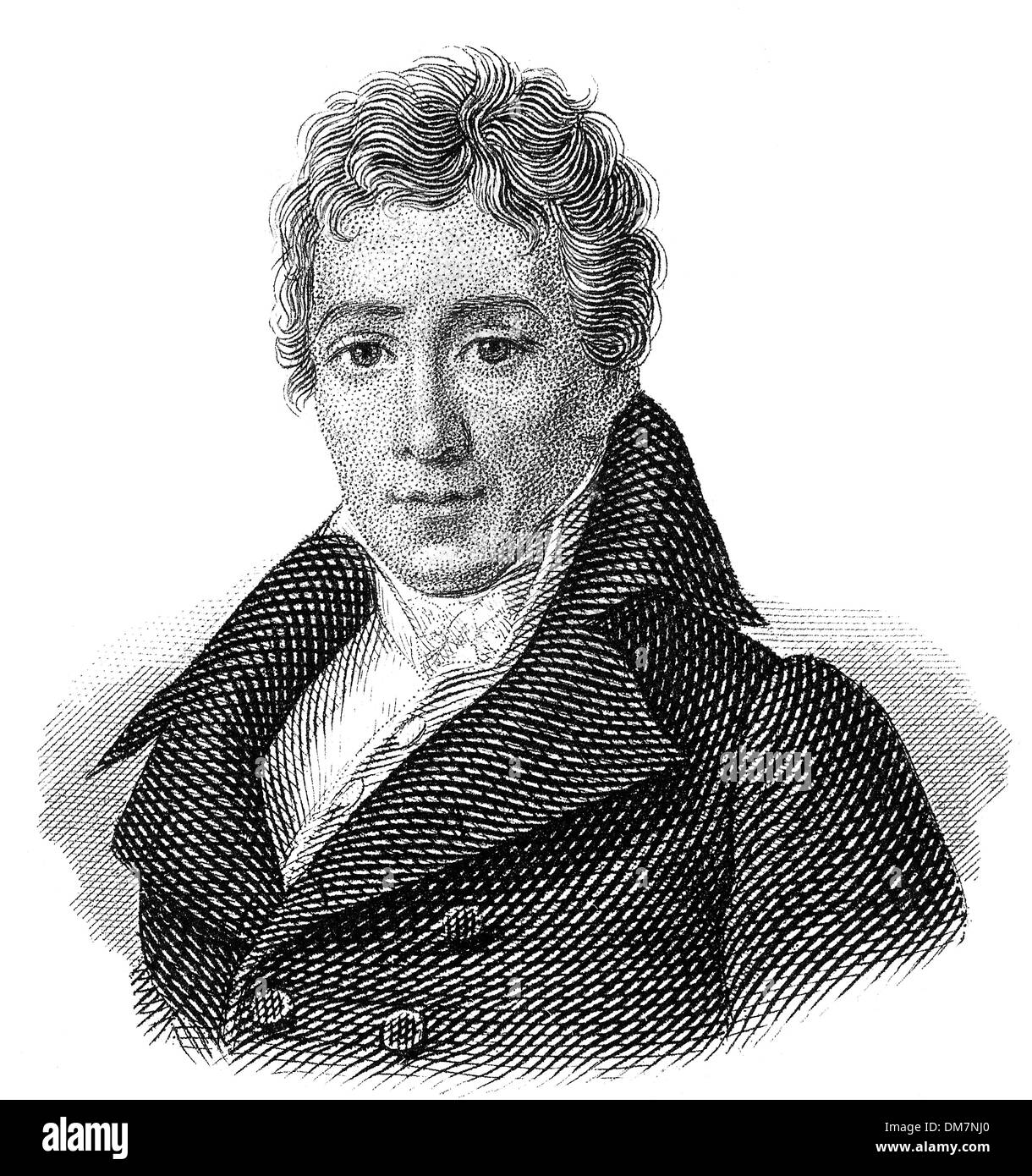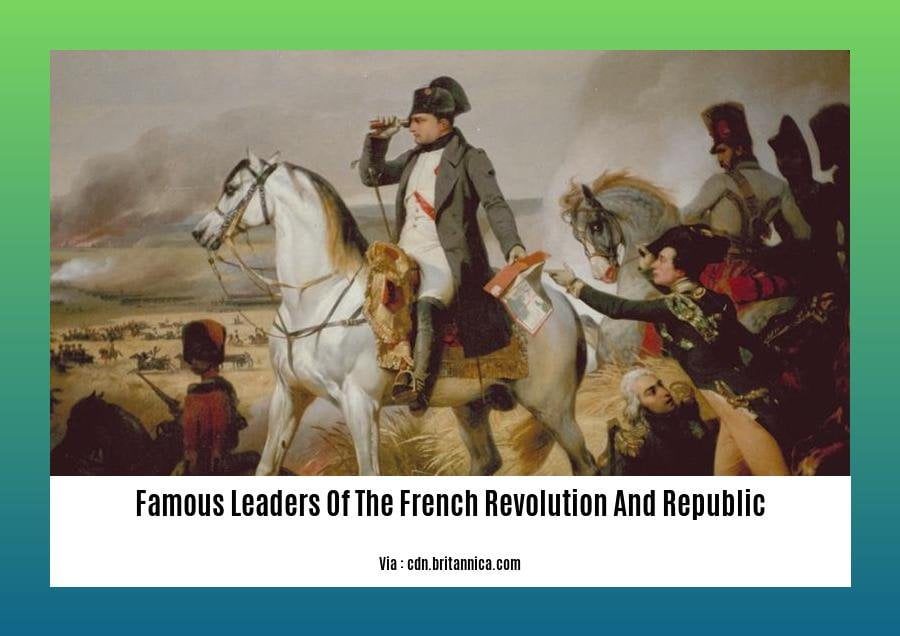The Genesis of a Revolutionary: Sieyès’s Formative Years
Emmanuel-Joseph Sieyès, better known as Abbé Sieyès (pronounced approximately “see-yes” with a subtle “y” glide), entered the world on May 3, 1748, in Fréjus, France. His father, Honoré, a tax collector, provided a modest upbringing, far removed from the opulence of the French aristocracy. This contrast between his humble origins and the extravagant lifestyles of the ruling class probably fueled Sieyès’s later revolutionary fervor. He pursued a religious education at the seminary of Saint-Sulpice in Paris, immersing himself in theology while also demonstrating a practical bent by studying engineering. This unique blend of theological and engineering studies likely contributed to the systematic and analytical approach that would characterize his political thought. Ordained a priest in 1773, Sieyès appeared set for a life within the Church. However, the burgeoning intellectual currents of the Enlightenment, emphasizing reason and individual liberty, captivated his mind, likely sparking an internal conflict between faith and reason that shaped his complex character.
“What is the Third Estate?”: A Pamphlet that Ignited France
In 1788, France teetered on the precipice of revolution, grappling with economic instability and deep-seated social inequalities. Into this volatile environment, Abbé Sieyès launched his incendiary pamphlet, Qu’est-ce que le Tiers-État? (What is the Third Estate?). Published in January 1789, mere months before the outbreak of the revolution, this concise yet potent document became a touchstone for the Third Estate—the commoners who formed the vast majority of the French population. Sieyès, despite his clerical standing, audaciously challenged the prevailing social hierarchy, giving voice to the long-simmering frustrations of the Third Estate. His work didn’t merely describe their plight; it empowered them.
Sieyès argued that the Third Estate was France, representing the nation’s productive force, its workers, merchants, and taxpayers. He contrasted this with the perceived unproductive and parasitic nature of the First and Second Estates (the clergy and nobility), exposing the inherent injustice of a system where those who contributed most wielded the least political power. His now-famous rhetorical questions—What is the Third Estate? Everything. What has it been until now in the political order? Nothing. What does it desire to be? Something.—resonated deeply with a populace yearning for change. With an estimated 300,000 copies in circulation, reaching perhaps a million readers through word-of-mouth and public readings, the pamphlet catalyzed a national conversation, dramatically impacting public opinion and fanning the flames of revolution. Some historians suggest that the timing of the pamphlet’s release, coinciding with widespread social and economic unrest, created a fertile ground for revolution. Others argue that while influential, the pamphlet primarily channeled pre-existing revolutionary sentiments, highlighting the complexity of historical causation.
From Estates-General to National Assembly: Forging a New Political Order
The Estates-General of 1789, convened to address France’s financial woes, quickly transformed into a battleground for political power. Sieyès, now a recognized champion of the Third Estate, challenged the traditional voting structure that favored the privileged classes. His advocacy for a more equitable system, one that reflected the true representation of the nation, played a crucial role in the formation of the National Assembly. In June 1789, Sieyès boldly declared the Assembly’s sovereignty, fundamentally altering the course of French history. This audacious move effectively transferred power from the traditional three estates to a single, unified body representing the will of the people.
Sieyès, Mirabeau, and the Dynamics of Revolution
Sieyès’s influence extended beyond the formation of the National Assembly. He also contributed to the drafting of the Declaration of the Rights of Man and of the Citizen, a foundational document of modern democracy. However, the French Revolution, like any complex social and political upheaval, was fraught with unforeseen consequences. While Sieyès envisioned a transformed France based on popular sovereignty and representative government, the Reign of Terror, a period of extreme violence and political repression, casts a shadow over the revolution’s legacy. Historians continue to debate Sieyès’s role and his reaction to the escalating violence, questioning how he reconciled his ideals with the unfolding events. Learn more about another influential figure of the French Revolution, Alexandre Colonna-Walewski.
The relationship between Sieyès and Honoré Gabriel Riqueti, Comte de Mirabeau, another prominent figure in the Revolution, offers a fascinating study in contrasting approaches. Sieyès, the political theorist, focused on establishing a new constitutional framework based on popular sovereignty and a strong legislative body. He envisioned a radical restructuring of French society, with the Third Estate as the driving force. Mirabeau, a nobleman gifted with exceptional oratory skills, favored a more pragmatic approach, working within the existing system to achieve gradual change. While he advocated for the Third Estate’s rights, he preferred a constitutional monarchy as opposed to a complete overthrow of the existing order. Their collaboration, initially productive, eventually strained under the weight of their divergent visions. Sieyès, the architect of revolution, sought to build a new France from the ground up. Mirabeau, the skilled political operator, aimed to renovate the existing structure. This difference in approach, perhaps stemming from their disparate backgrounds, ultimately led to their separation, each pursuing their respective paths within the tumultuous landscape of the revolution.
The Contrasting Visions of Sieyès and Mirabeau
| Feature | Abbé Sieyès | Comte de Mirabeau |
|---|---|---|
| Background | Clergyman, modest origins | Nobleman, aristocratic lineage |
| Approach | Theoretical, radical restructuring | Pragmatic, gradual reform |
| Political Aim | Popular sovereignty, strong legislature | Constitutional monarchy, limited reform |
| Style | Intellectual, writer | Charismatic, orator |
The Coup of Brumaire and Sieyès’s Retreat
Perhaps the most controversial episode in Sieyès’s career is his involvement in the Coup of Brumaire in 1799, which brought Napoleon Bonaparte to power. Historians continue to scrutinize his motivations. Did he genuinely believe Napoleon would safeguard the revolution’s achievements? Or was it a desperate attempt to restore order amid the chaos? This period reveals a pragmatic, possibly even opportunistic, dimension to Sieyès’s character. Some scholars suggest he may have attempted to manipulate Napoleon, seeing him as a tool to implement his own political vision. However, following the coup, Sieyès surprisingly withdrew from the political arena. The reasons for this retreat remain a subject of speculation. Was he disillusioned with Napoleon’s rule? Did he feel his mission was accomplished? Or had the political landscape shifted beyond his comfort zone? Discover the compelling story of Anatoly Sharansky, a human rights activist who also navigated complex political terrain.
Sieyès’s Enduring Legacy: Seeds of Democracy
Despite his later withdrawal, Abbé Sieyès’s intellectual contributions to the French Revolution and the development of modern democracy remain undeniable. His concept of popular sovereignty, the bedrock principle that political power ultimately resides in the people, continues to resonate in contemporary political thought. He laid the groundwork for modern constitutionalism, influencing the evolution of democratic systems worldwide. His pamphlet, What is the Third Estate?, endures as essential reading for anyone seeking to understand the origins of the French Revolution and the ongoing struggle for equitable political representation. Some scholars assert that Sieyès’s work provided the philosophical underpinnings for modern political thought, particularly regarding the concepts of national identity and civic participation. While research continues to illuminate his later years and motivations, one thing remains clear: Abbé Sieyès’s contributions to political thought and action continue to shape debates about power, representation, and the very essence of democracy. His life, from humble beginnings to revolutionary theorist and enigmatic political actor, stands as a testament to the power of ideas to transform the world.
Recommended Titles:
Please provide a list of your competitor’s article titles for optimized title suggestions.
Four Powerful Key Lines (Revisited and Refined):
- Abbé Sieyès: The Mind that Unleashed the Third Estate and Shaped Modern France: This emphasizes his intellectual impact and lasting legacy.
- From Priest to Revolutionary: The Paradoxical Journey of Abbé Sieyès: This highlights the intriguing contradiction of his clerical background and revolutionary activities.
- Beyond the Pamphlet: Unraveling the Complex Legacy of Abbé Sieyès: This encourages a deeper exploration beyond his famous work.
- Sieyès and the Birth of Modern Democracy: A Legacy of Popular Sovereignty: This focuses on his enduring contribution to democratic principles.
- HelpCare Plus: Revolutionizing Affordable and Accessible Healthcare - December 29, 2024
- Boom & Bucket: Your Digital Marketplace for Used Heavy Equipment - December 28, 2024
- Ankle Bones Crossword Clue: Solutions, Tips & Anatomical Insights - December 28, 2024














